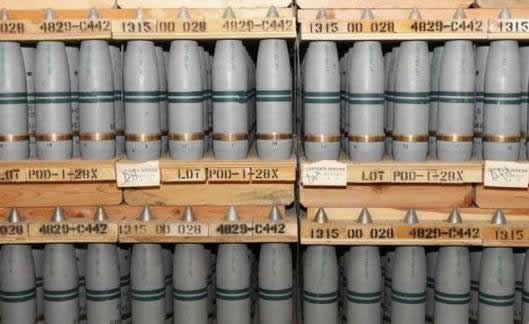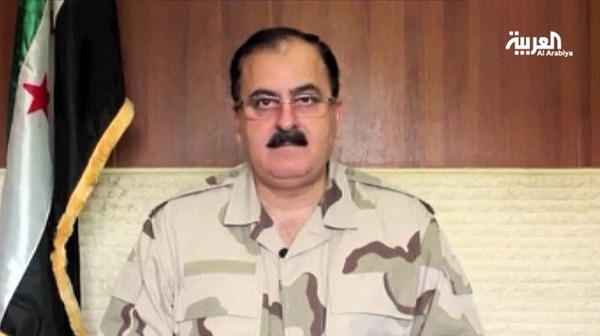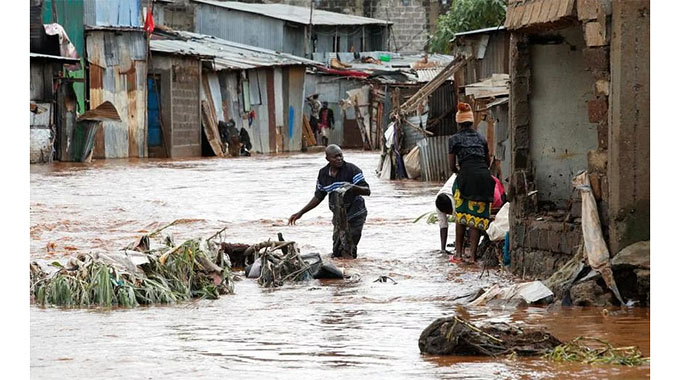UN chemical weapons experts back in Syria

DAMASCUS – UN inspectors returned to Syria Wednesday to pursue a probe into alleged poison gas attacks, as Russia and the West wrangled over how to eliminate President Bashar al-Assad’s banned chemical weapons.
The group, led by chief expert Ake Sellstrom, flew to Beirut in Lebanon and travelled by overland convoy via the Masnaa border post to Damascus.
US President Barack Obama on Tuesday demanded tough Security Council action against Syria as the conflict there dominated debate at the annual UN General Assembly.
Sellstrom’s team is expected to examine the alleged use of chemical weapons some 14 times in Syria’s 30-month conflict that is estimated to have killed more than 110,000 people.
After a preliminary visit last month, the team concluded in a report presented on September 16 that banned chemical weapons had been used on a wide scale in the conflict between Assad’s regime and rebel forces.
There was clear evidence that sarin gas was used in an attack in the Eastern Ghouta neighbourhood near Damascus on August 21, the report said.
Sellstrom pointed out that the report was only an interim document, and that other allegations needed to be looked into.
“There have been other accusations presented to the UN secretary general, dating back to March, against both sides” in the war, he told AFP earlier this month.
There were “13, 14 accusations” that “have to be investigated”.
Sellstrom said the team hoped to be able to present a final report addressing all of the accusations “possibly by the end of October”.
Last month’s attack, which the Syrian opposition and some parts of the international community blame on the regime, prompted Washington to threaten military action against Damascus.
Assad’s government denies using chemical weapons against its own people, and has agreed to a US-Russian plan that will see it hand over its chemical arsenal for destruction.
The deal headed off US military action, butSyrian regime ally Russia is still wrangling with Britain, France and the United States over the wording of a UN resolution enshrining the accord.
Obama told world leaders Washington was ready to “use all elements of our power, including military force” in the Middle East to defend “core interests” such as ensuring oil supplies and eradicating weapons of mass destruction.
And he insisted international credibility was at stake after the August 21 attack.
“There must be a strong Security Council resolution to verify that the Assad regime is keeping its commitments, and there must be consequences if they fail to do so,” Obama said.
President Francois Hollande of France also said there had to be a threat of eventual “coercive” measures.
Both presidents insisted Assad was behind the August attack that US intelligence says killed more than 1,400 people, many of them children.
However, Russia is at loggerheads with US, French and British envoys over the draft resolution’s exact wording.
On Tuesday, US Secretary of State John Kerry met his Russian counterpart Sergei Lavrov, but US officials admitted there were “three or four conceptual hurdles that had to be bridged”.
“What we need is a binding, enforceable, verifiable regime that stands the very, very best chance of implementing the framework agreement and removing the chemical stockpiles from Syria,” one senior State Department official said, asking not to be named.
Washington did not want any “loopholes” or “any ambiguity in the text about that goal, so that if there is non-compliance with it we all agree on next steps”.
The US side wants a UN resolution which includes reference to Chapter VII of the UN Charter, which sets out various measures if the agreement is violated.
Article 42 of Chapter VII threatens the use of military force, but that is not forming the basis of the draft resolution.
In his speech, Obama also said the United States would provide another $340 million in humanitarian aid for the Syrian crisis, which has produced some two million refugees.
But the US and its Arab allies are also providing equipment for the Syrian rebels — just as Moscow remains Damascus’s main arms supplier.
In another complication, 13 key Syrian Islamist groups said they did not recognise any foreign-based opposition group, including the main Turkey-based Syrian National Coalition.
The groups include members of the main rebel Free Syrian Army and more radical Islamists such as Al-Nusra Front. – AFP.









Comments